Ganpati Festival: A Celebration of Faith, Unity, and Tradition
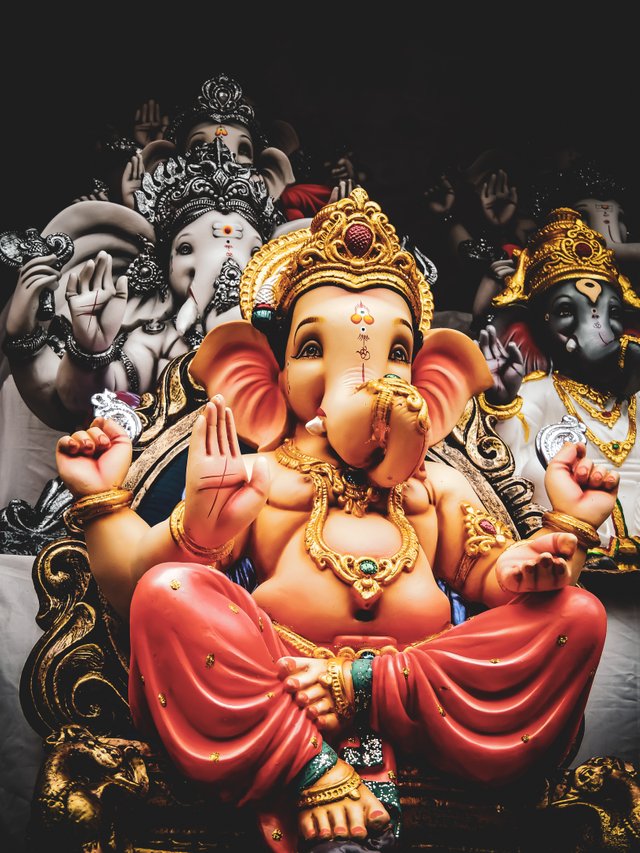
Introduction
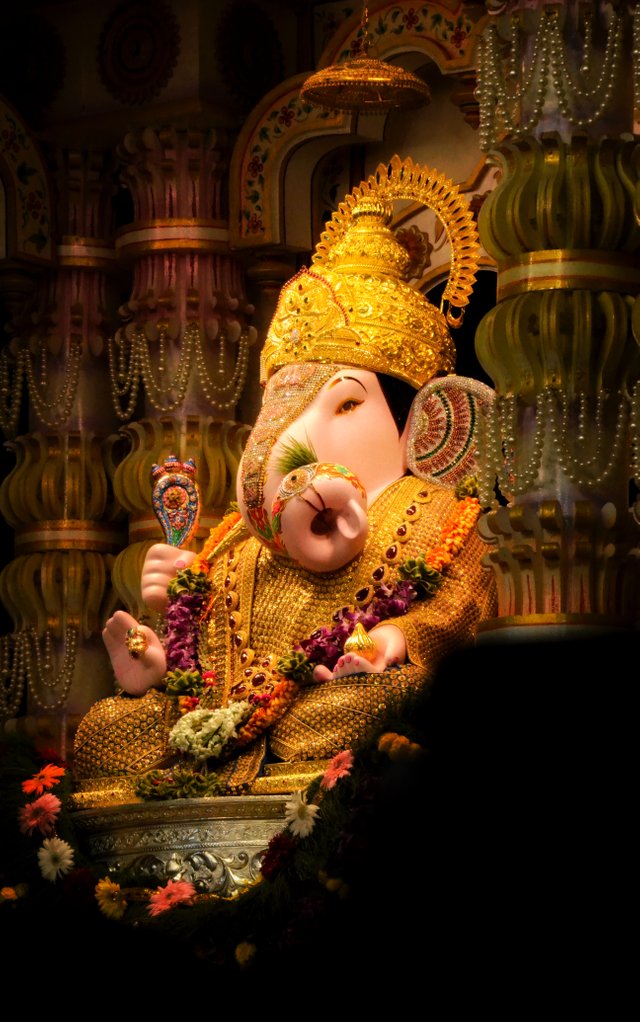
India, a land of diverse cultures and religions, celebrates a multitude of festivals throughout the year. Among these, the Ganpati Festival, also known as Ganesh Chaturthi, stands out as one of the most vibrant and significant celebrations. This 10-day extravaganza is dedicated to Lord Ganesha, the elephant-headed god of wisdom and prosperity. The festival not only holds immense religious importance but also serves as a symbol of unity, community, and cultural diversity.
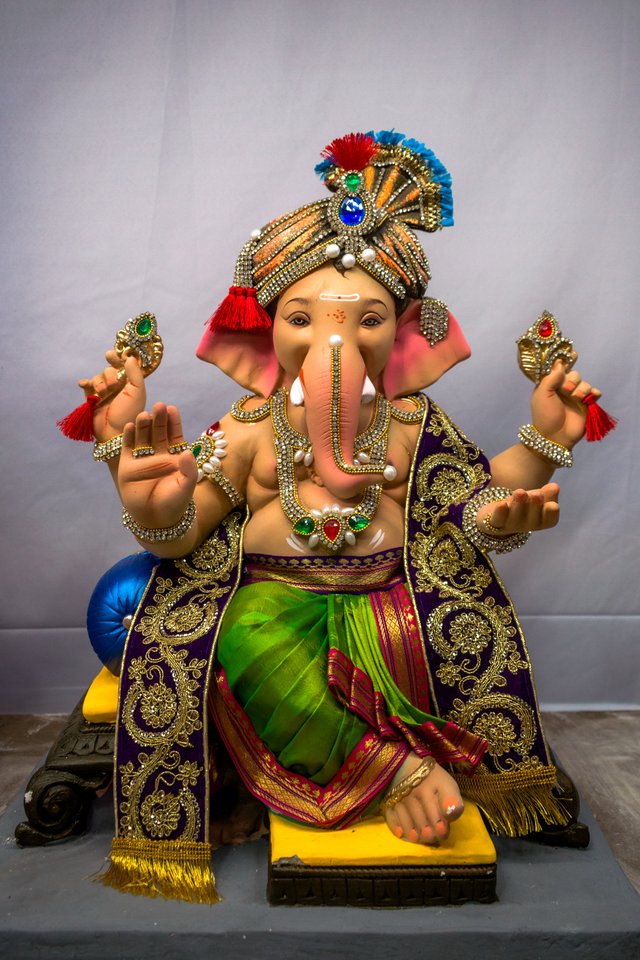
Historical and Religious Significance
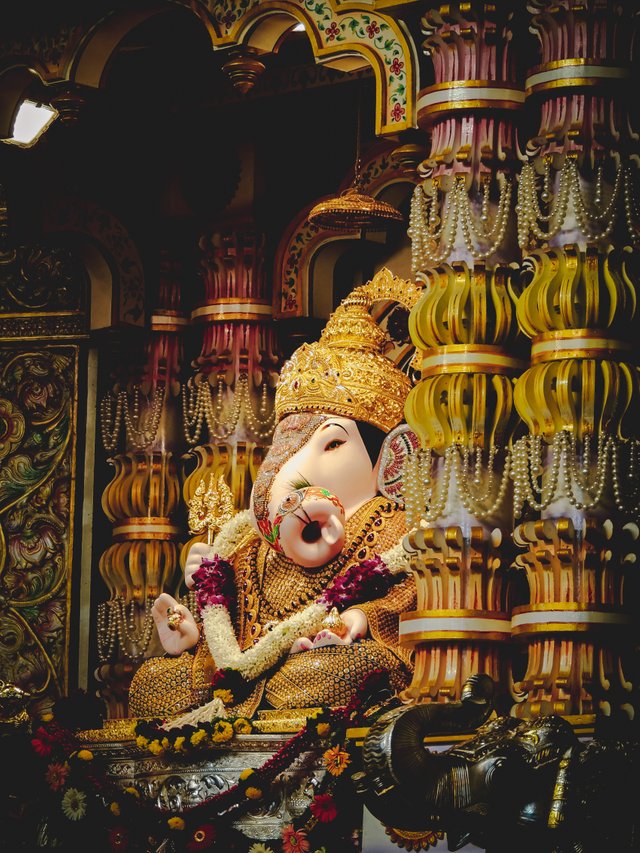
Ganesh Chaturthi traces its roots back to the 4th century AD during the reign of the Chalukya dynasty. However, it gained widespread prominence in the 19th century, thanks to the efforts of Lokmanya Tilak, who transformed the festival into a public event to foster unity and patriotism during British colonial rule.
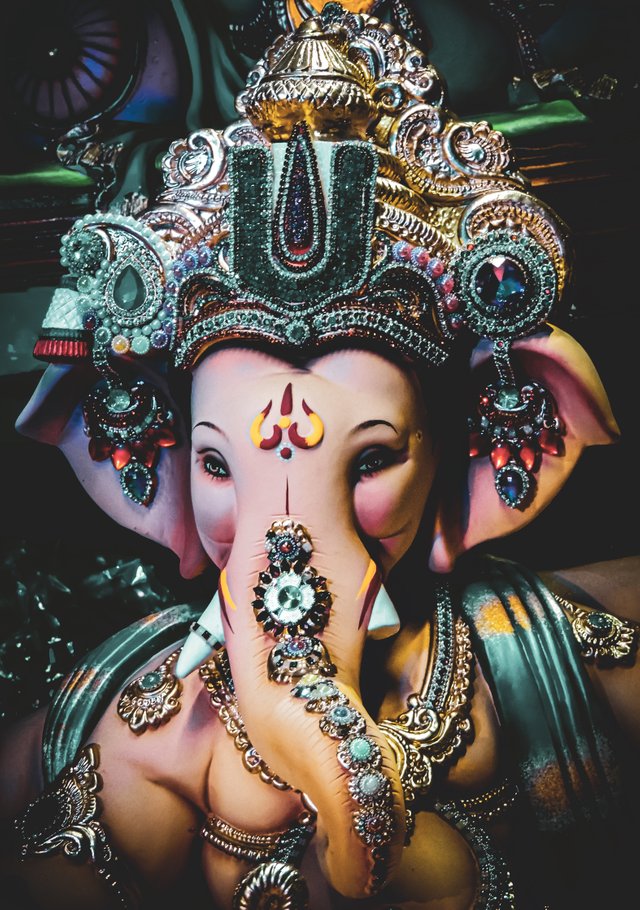
The festival commemorates the birth of Lord Ganesha, the son of Lord Shiva and Goddess Parvati. According to Hindu mythology, Ganesha is the remover of obstacles and the provider of knowledge and success. Devotees believe that invoking his blessings during this festival can lead to the fulfillment of their wishes and desires.
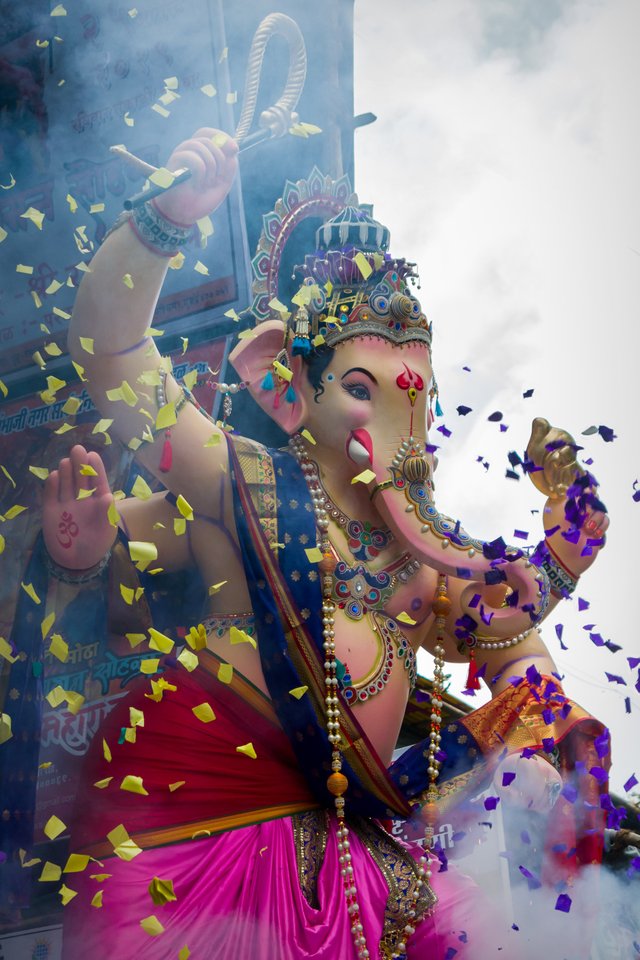
The Celebration
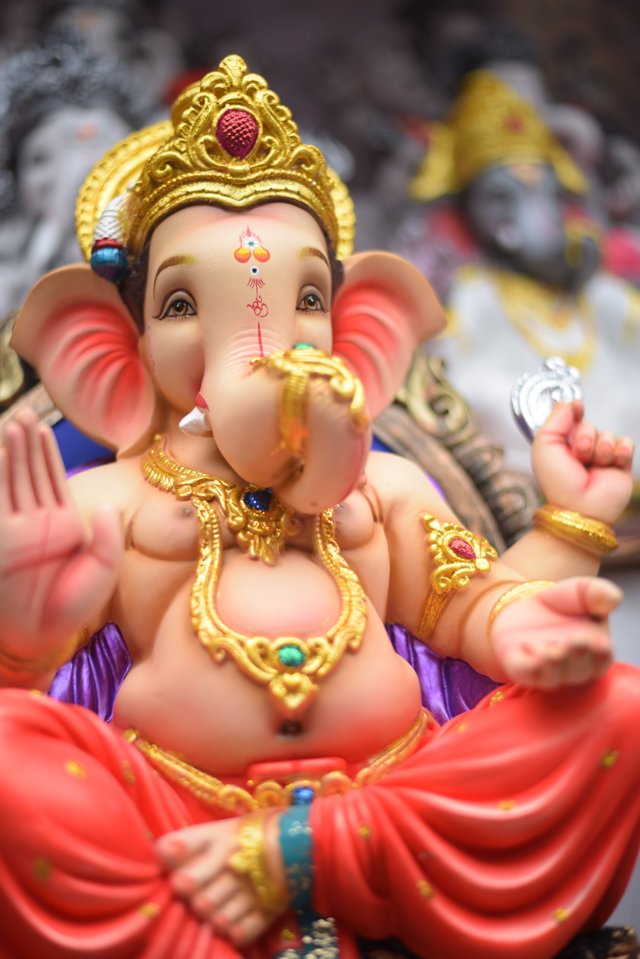
Ganesh Chaturthi typically begins in the Hindu month of Bhadrapada, which falls between August and September. The preparations for this grand celebration start weeks in advance. Homes are cleaned, and intricate decorations are created to welcome Lord Ganesha into each household.

The centerpiece of the festival is the installation of clay idols of Lord Ganesha in homes and public pandals (temporary structures). These idols are meticulously crafted by skilled artisans and come in various sizes, with some towering up to 25 feet or more. The idol installation is accompanied by elaborate rituals, including the chanting of mantras, lighting of lamps, and offerings of flowers, sweets, and fruits.
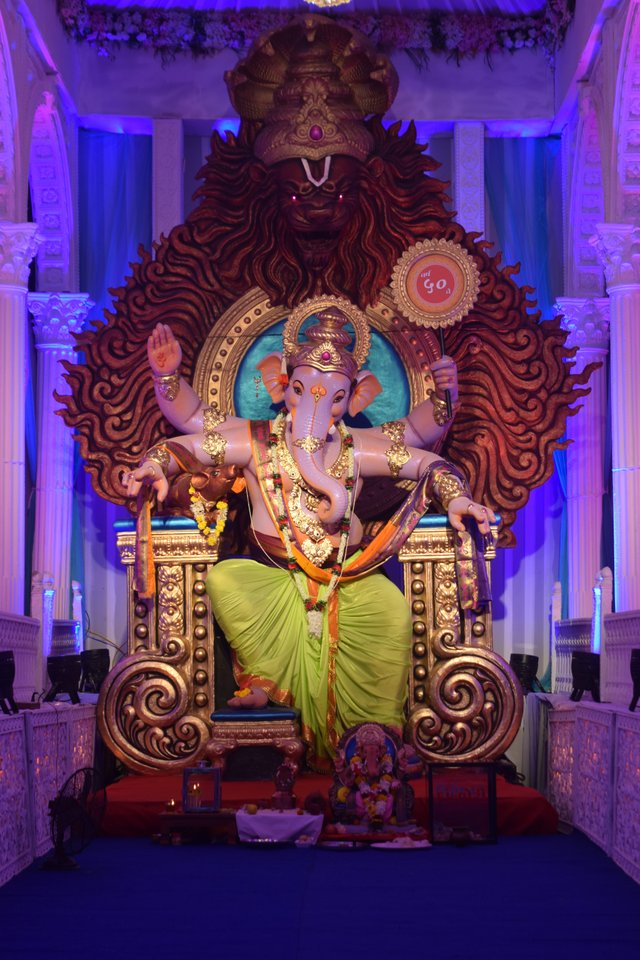
Devotees flock to temples to seek the blessings of Lord Ganesha, where priests conduct special pujas (religious ceremonies). Processions are a significant part of the celebration, with devotees dancing, singing bhajans (devotional songs), and carrying the idol of Ganesha through the streets in a grand procession.
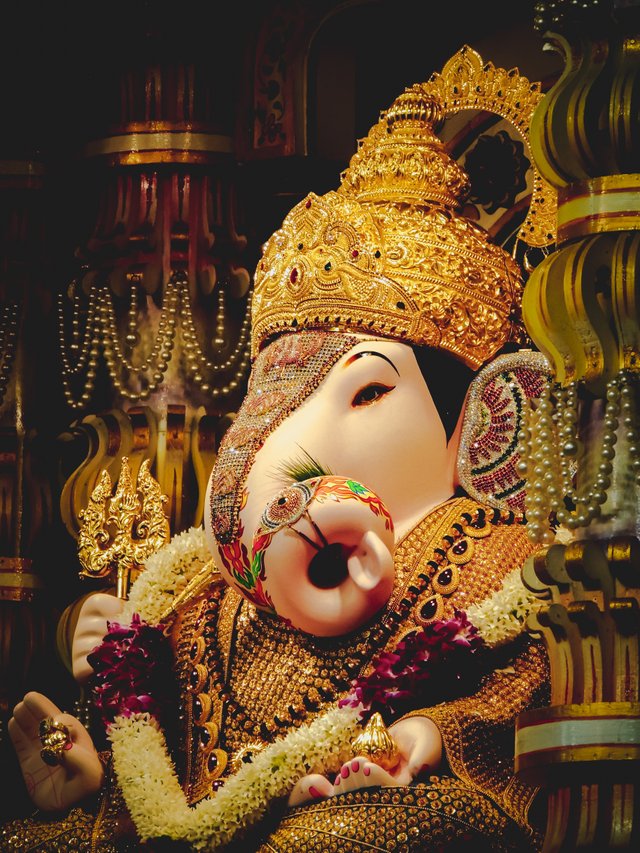
Eco-Friendly Celebrations
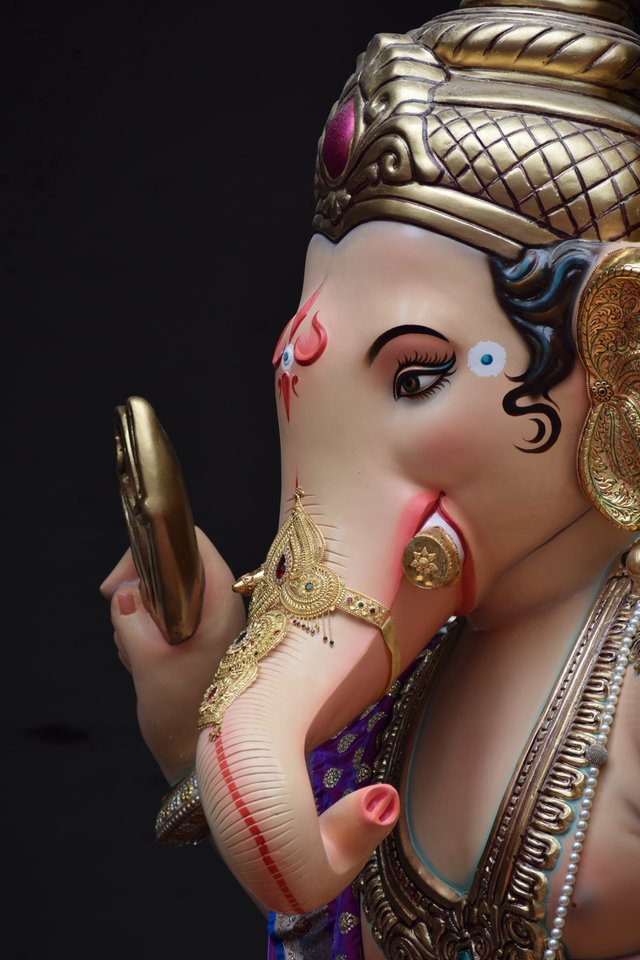
In recent years, there has been a growing awareness of the environmental impact of the festival. Many communities have embraced eco-friendly practices by using clay idols that dissolve in water and organic materials for decorations. This shift toward sustainability reflects a broader consciousness about the need to protect the environment while preserving cultural traditions.
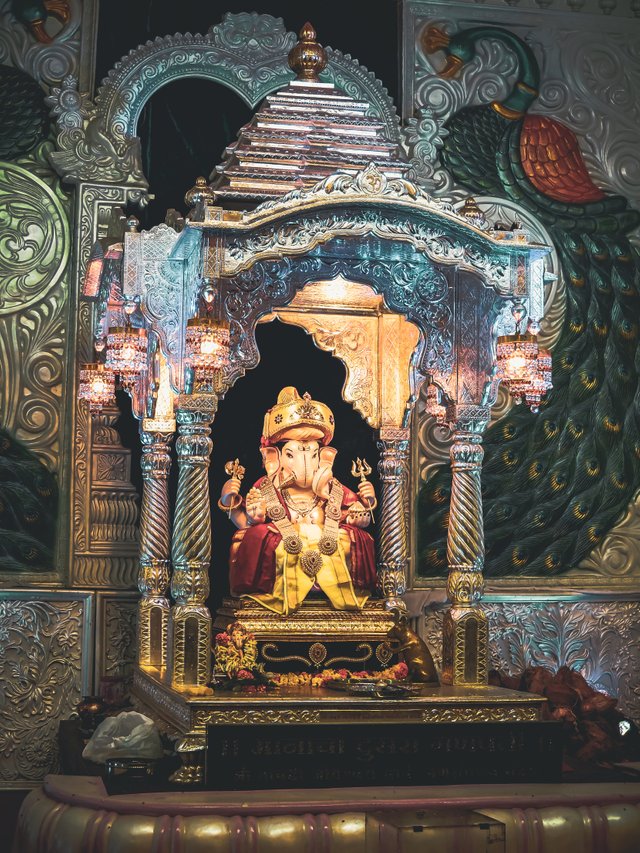
Conclusion

Ganpati Festival, with its rich history and cultural significance, is a testament to the diverse and inclusive spirit of India. It brings people from all walks of life together in celebration, transcending barriers of caste, creed, and religion. The festival's message of unity, faith, and devotion to Lord Ganesha continues to resonate with millions, making it a cherished and revered tradition in the tapestry of Indian festivals. As it evolves with time, the Ganpati Festival reminds us that tradition and modernity can coexist harmoniously, ensuring its enduring relevance in the years to come.


